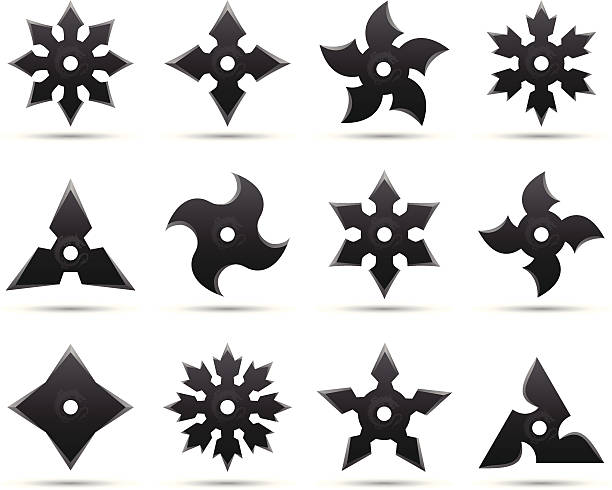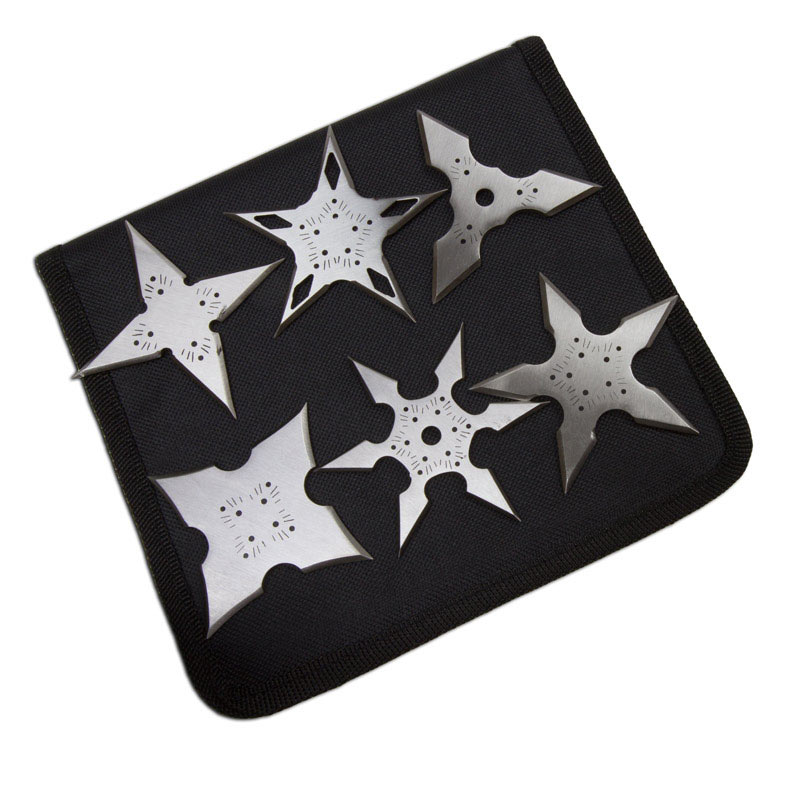The Main Principles Of Japanese Ninja Throwing Stars Vector Cartoon Clipart

The 25-Second Trick For TS4.6 Throwing starsNinja starShuriken - Darkstreet.biz
Program 12 24 36 48 60per page Sort By Brand-new Best Sellers Price: low to high Price: high to low Product Name Top Rated Most Viewed Now in Wishlists $16. 99 $9. 99 $9. 99 $11. 99 $7. 99 $8. 99 $4. 99 $19. 99 $7. 99 $7. 99 $5.
42 $45. 03 $12. 99 $7. 99 $6. 99 $9. 99 $10. 99 $9. 99 $12. 99 $12. 99 $3. 99 $5. 99 $6. 99 $4. 99 $6. 99 $4. 99 $5. 99 $5. 99 $5. 99 $5. 99 $6. 99 $7. 99 $8. 99 $7. 99 $4. 99 Program 12 24 36 48 60per page Sort By Brand-new Best Sellers Price: low to high Cost: high to low Product Call Top Ranked The Majority Of Viewed Now in Wishlists.

Throwable Japanese concealed weapon A (Japanese:; literally: "surprise hand blade") is a Japanese hidden weapon that was utilized as a surprise dagger or metsubushi to distract or misdirect. They are likewise understood as tossing stars, or ninja star s, although they were originally created in several shapes. The significant ranges of shuriken are the b shuriken (, stick shuriken) and the hira shuriken (, flat shuriken) or shaken (, wheel shuriken, also read as kurumaken).
Some Known Incorrect Statements About DANGER SEEN IN 'THROWING STAR' FAD - The New York
Bo-shuriken [edit] A Bo-shuriken is a tossing weapon including a straight iron or steel spike, generally four-sided but sometimes round or octagonal in section. Some examples have points on both ends. The length ranges from 12 to 21 cm (5812 in) and the typical weight from 35 to 150 grams (1.

Set of 12 Ninja Rubber Throwing Stars - Walmart.com - Walmart.com

Mourning Star Ninja Shuriken For Sale - All Ninja Gear: Largest Selection of Ninja Weapons - Throwing Stars - Nunchucks
4 ounces). They ought to not be puzzled with the kunai, which is a thrusting and stabbing execute that is sometimes tossed. Bo-shuriken were constructed from a variety of everyday items, and as such was available in lots of shapes and sizes. Some derived their names from the materials of which they were made, such as kugi-gata (nail form), hari-gata (needle kind) and tant- gata (knife form); some were called after an object of comparable look, such as hoko-gata (spear kind), matsuba-gata (pine-needle form); while others have names that are purely descriptive, such as kankyuto (piercing tool kind), kunai-gata (energy tool kind), or teppan (plate metal) and biao (pin).
